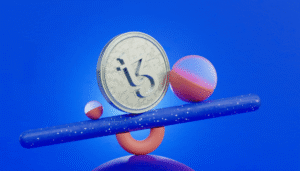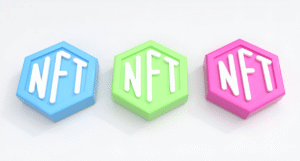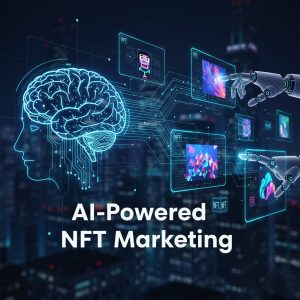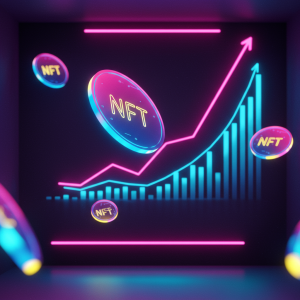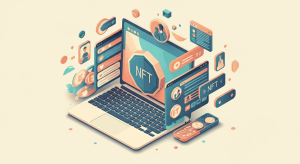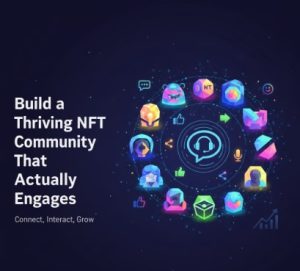What Is an NFT Test? Complete Guide to NFT Verification and Authentication
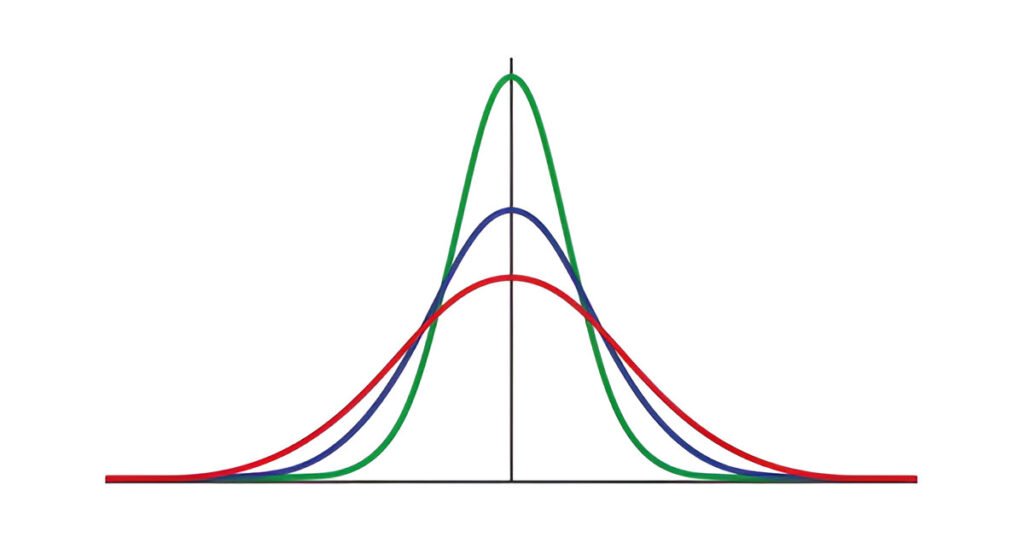
In the rapidly evolving world of digital collectibles and blockchain technology, understanding NFT testing has become crucial for creators, collectors, and investors alike. NFT tests represent the verification processes that ensure the authenticity, functionality, and security of non-fungible tokens before they reach the marketplace.
Understanding NFT Testing
NFT testing encompasses all verification procedures that digital assets undergo before and after minting. These tests confirm that the token functions correctly, contains no malicious code, and properly connects to its underlying asset.
When an NFT is created, it requires thorough evaluation across multiple dimensions to ensure its viability in the marketplace. This verification becomes particularly important as NFTs represent significant financial investments and digital property rights.
Types of NFT Tests
Smart contract audits form the backbone of NFT testing. These evaluations examine the underlying code that governs how the NFT functions on its blockchain. Auditors look for vulnerabilities, inefficiencies, and potential security flaws that could compromise the token or its associated assets.
Metadata verification ensures that an NFT’s associated information—such as descriptions, attributes, and links to digital content—remains intact and properly connected to the token. This test confirms that what collectors think they’re buying actually matches what they receive.
Authenticity verification confirms the provenance of an NFT, establishing that it originated from its claimed creator. This process helps prevent fraud and counterfeit tokens from entering the marketplace.
Visual rendering tests ensure that the digital asset displays correctly across different platforms and devices. This becomes especially important for complex NFTs such as interactive art or gaming assets.
The NFT Testing Process
The testing journey typically begins with pre-mint validation. Before an NFT collection launches, developers and creators should conduct comprehensive audits of smart contracts and metadata structures. This prevents costly mistakes that might require migration to new contracts later.
Post-mint verification continues the testing process after NFTs have been created on the blockchain. At this stage, additional checks confirm proper token functionality and marketplace interoperability.
Many projects now employ third-party verification services to provide independent assessments of their NFTs. These external auditors offer unbiased evaluations that can increase collector confidence in a project. For reliable market insights and NFT authentication resources, NFT Marketo provides comprehensive guidance for both creators and collectors.
Why NFT Testing Matters
For creators, thorough testing protects reputation and builds trust with potential collectors. A well-tested NFT project demonstrates professionalism and reduces the risk of technical failures that could damage a creator’s standing in the community.
Collectors rely on proper testing to safeguard their investments. By purchasing verified NFTs, they reduce exposure to scams, counterfeits, and technical failures that could render their digital assets worthless.
The broader NFT ecosystem benefits from standardized testing practices. As testing protocols become more consistent across the industry, the overall marketplace grows more secure and accessible to mainstream adoption.
Common NFT Testing Tools and Services
Several platforms have emerged to address the growing need for NFT verification. OpenSea’s collection verification process examines project authenticity before granting verified status. This helps collectors identify legitimate projects among the thousands available.
Smart contract scanning tools like Mythril and Slither automatically detect common vulnerabilities in NFT contract code. These automated tools serve as the first line of defense against technical flaws.
NFT standards organizations like the NFT Standards Initiative work to establish industry-wide testing benchmarks. Their guidelines help creators understand the minimum requirements for secure, functional tokens.
The Future of NFT Testing
As NFT technology continues to evolve, testing methodologies must adapt accordingly. Dynamic NFTs that change based on external factors will require more sophisticated verification systems that can validate complex state changes.
Cross-chain compatibility testing will grow increasingly important as NFTs expand beyond single blockchains. Ensuring tokens function correctly across different networks presents new technical challenges for testers.
The integration of artificial intelligence into NFT testing processes promises more thorough and efficient verification. AI systems can potentially identify subtle vulnerabilities or inconsistencies that human auditors might miss.
Implementing NFT Tests in Your Project
For creators planning NFT projects, testing should begin during the conceptual phase. Considering verification requirements early in development can prevent costly revisions later.
Documentation of all testing procedures creates transparency and builds trust with potential collectors. Detailed records of verification processes demonstrate commitment to quality and security.
Establishing ongoing monitoring after launch ensures continued NFT functionality. Many technical issues only become apparent after tokens have been in circulation for some time, making post-release vigilance essential. For a deeper understanding of blockchain security practices, OWASP’s Web3 Security Guidelines provide valuable insights for NFT creators.
Conclusion
NFT testing represents a crucial component of the digital asset ecosystem that often receives less attention than the creative aspects of NFT development. However, proper verification processes protect both creators and collectors while strengthening the entire marketplace.
As the NFT landscape matures, comprehensive testing will likely become a standard expectation rather than an optional feature. Projects that prioritize thorough verification now position themselves for long-term success in an increasingly competitive environment.
Whether you’re a creator preparing to launch your first collection or a collector evaluating potential purchases, understanding NFT testing provides valuable insights into digital asset security and authenticity in this exciting new frontier.

